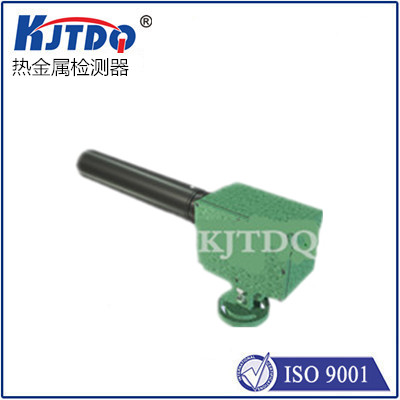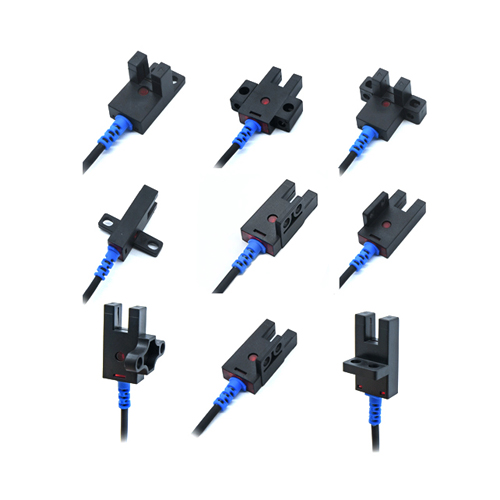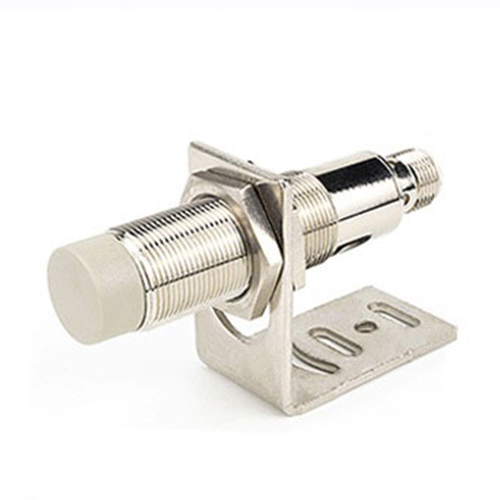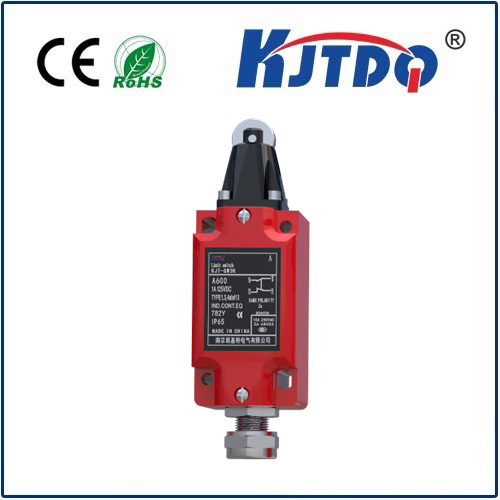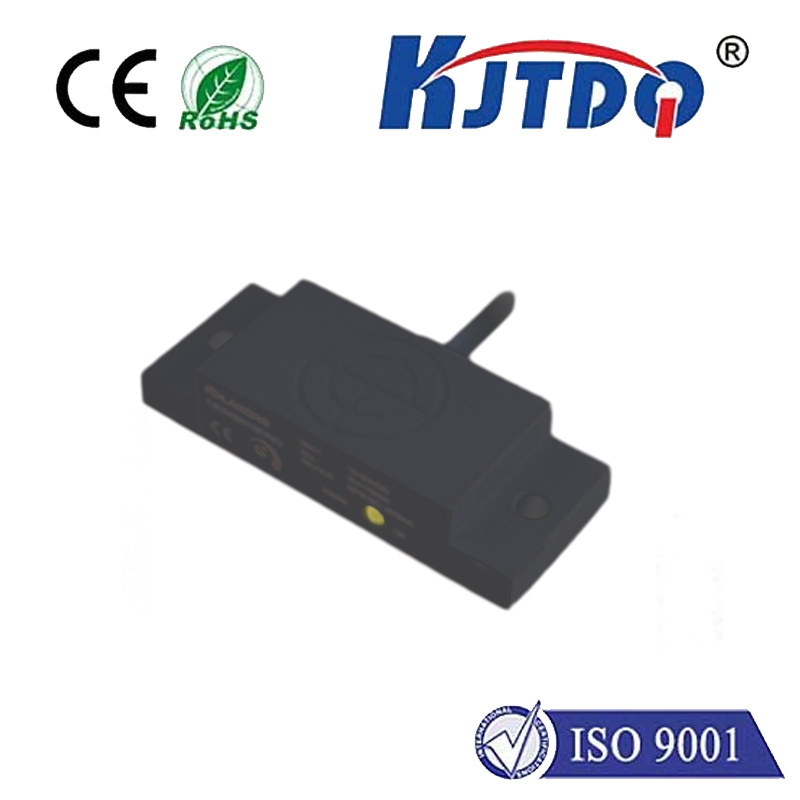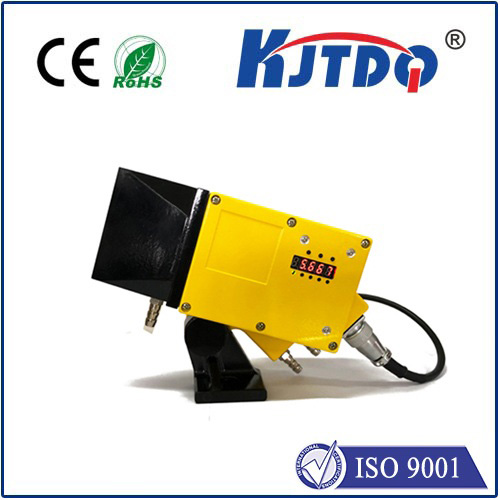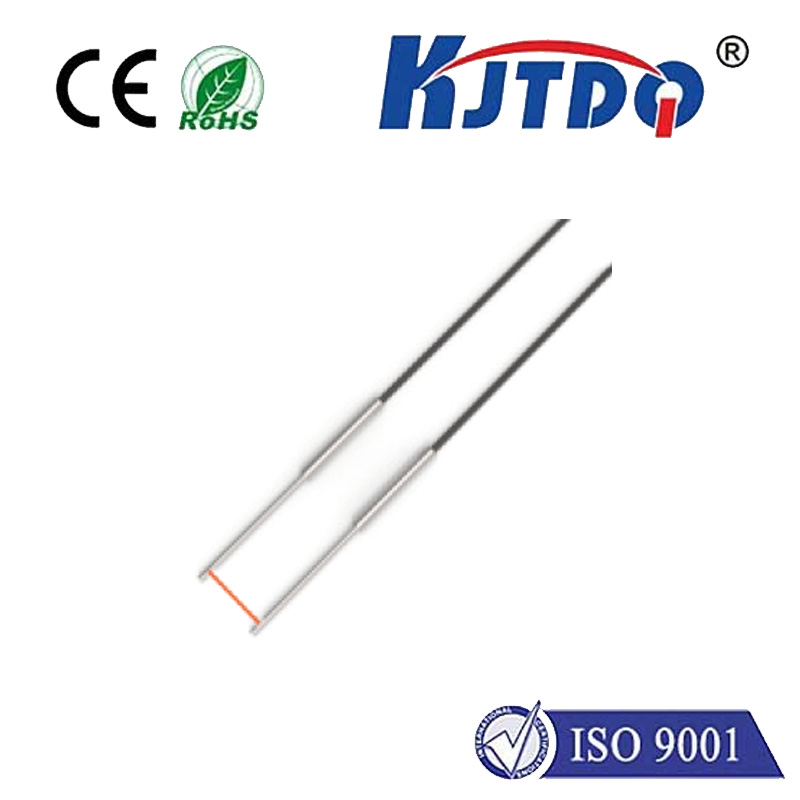

check

check

check

check

check

check

check

check

check

check
That familiar whirring sound as a disc spins up, the anticipation of accessing stored music, movies, or data – it’s a sensation powered by an often-overlooked technological marvel: the Optical Pickup Sensor (OPS). Far more than just a simple light reader, this complex assembly of optics, electronics, and mechanics is the beating heart of CD, DVD, Blu-ray, and even some archival disc systems. It transforms microscopic pits and lands on a spinning disc into the digital information that fuels our entertainment and data storage. Understanding its function reveals the intricate engineering behind seemingly mundane technology.
Demystifying the Disc: Pits, Lands, and Laser Light
At the core of optical storage lies a simple principle: data is encoded as a spiral track of microscopic indentations (pits) separated by flat areas (lands) on the disc’s reflective layer. Retrieving this data requires a method of precisely detecting these physical variations without touching the disc surface. This is the fundamental role of the optical pickup unit (OPU), within which the optical pickup sensor is a critical component.
The Journey of a Laser Beam: Inside the Optical Pickup Sensor

The OPU is a sophisticated miniature system. Here’s how its key components collaborate:
Manufacturing Precision: A Symphony of Microscopic Parts
Creating a reliable optical pickup unit demands extraordinary manufacturing precision. Aligning the laser diode, lenses, and photodiode array to tolerances measured in micrometers is critical. The objective lens, in particular, is a high-precision aspheric element. The photodiode chip itself must have precisely defined and isolated segments. Furthermore, the assembly housing must be rigid and stable, protecting these delicate components from vibration and thermal drift. Achieving consistent focus and tracking performance across millions of units is a testament to advanced optical and electronic engineering.
Beyond Music Players: Modern Applications
While consumer disc players are its most visible application, optical pickup sensor technology finds use in diverse fields:
A Legacy of Evolving Precision
From the early days of the CD player to today’s ultra-high-definition Blu-ray drives, the optical pickup sensor has undergone continuous refinement. Increasing data densities demanded shorter wavelength lasers, more sophisticated lens designs (including multi-element objectives and dual-lens systems for Blu-ray), and ever more complex photodiode arrays. Advances in servo control electronics have enabled faster access times and greater resistance to disc imperfections like scratches or fingerprints.
The Unsung Hero
The next time you load a disc, spare a thought for the incredible feat of engineering whirring inside the drive. The optical pickup sensor, operating at microscopic scales and incredible speeds, performs the foundational task of converting physical structures into digital information. Its blend of precision optics, clever electronics, and robust mechanics remains a cornerstone of optical storage technology, quietly enabling decades of digital media access and data retrieval. While cloud storage and flash memory dominate, the unique advantages of optical media – longevity, removability, cost-effectiveness for archival – ensure the optical pickup sensor remains a relevant and vital technology.

